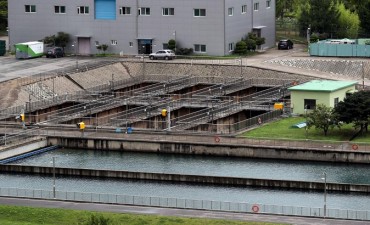
According to a report entitled ‘Current Status of Alternative Investments in Korea’ published by the Bank of Korea (BOK) on August 3, the volume of alternative investments made by pension funds, insurance companies and asset management companies reached 260 trillion won ($233 billion) as of the end of 2015, which was 4.2 times higher than the 61 trillion won recorded in 2006. (image: Pixabay)
SEOUL, August 3 (Korea Bizwire) – With interest rates remaining at record lows for an extended period of time, the popularity of alternative investments is on the rise. These alternative investments – assets other than the typical stocks, bonds, or cash – have the potential to yield high returns, at the cost of increased risk compared to traditional such as stocks or bonds.
According to a report entitled ‘Current Status of Alternative Investments in Korea’ published by the Bank of Korea (BOK) on August 3, the volume of alternative investments made by pension funds, insurance companies and asset management companies reached 260 trillion won ($233 billion) as of the end of 2015, which was 4.2 times higher than the 61 trillion won recorded in 2006.
The sum of alternative investments as a percentage of GDP also increased from 6.1 percent to 16.7 percent over the same period.
Of real estate, venture investment, resource development, public-private partnerships (PPP), and corporate restructuring investment – which are classified as alternative investments by the nation’s largest institutional investor, the National Pension Service (NPS) – PPPs accounted for the largest share at 39.5 percent.
As of September 2015, 69.2 percent of all alternative funds were held in domestic assets, with the remaining 30.8 percent diverted into overseas investment.
“Alternative investments are growing because investors are seeking greater profits with interest rates so low, and long-term investments are increasingly sought after due to the aging population,” said an official from the BOK. “Alternative investments assist in revitalizing the real economy and developing a new financial environment by diversifying the fund use of institutional investors.”
However, the downside of alternative investment is, as mentioned earlier, the risk that comes along with it. The liquidity of alternative investments is lower than traditional investments, and that could bring about great losses if the economy suffers at a macroeconomic level.
“Without the constant monitoring of financial authorities, alternative investments must be handled with discretion,” said the BOK official.
By M. H. Lee (mhlee @koreabizwire.com)






